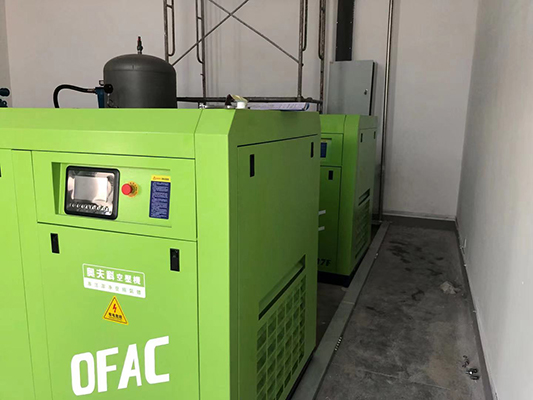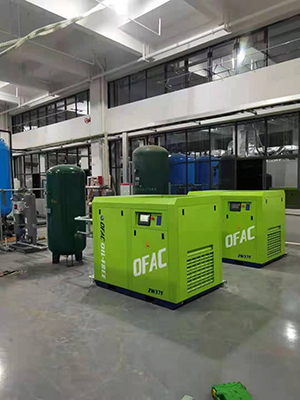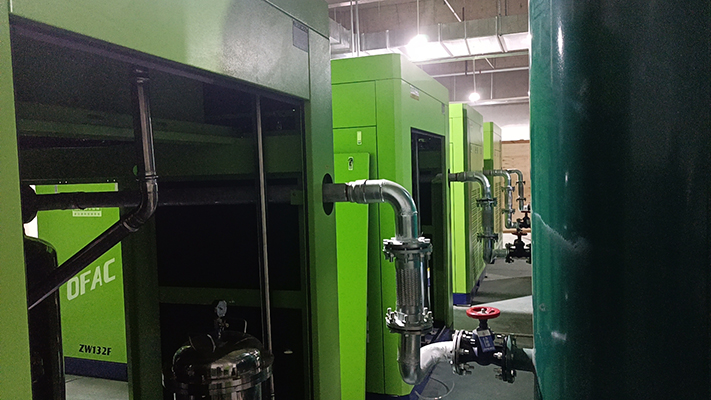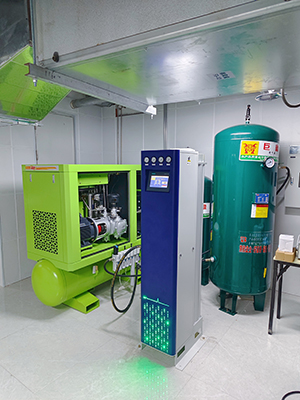Rotary Screw Air Compressor Installation Requirements
News 2025-10-24
Rotary screw air compressors are vital in industrial settings for delivering reliable compressed air, essential for powering tools, machinery, and processes. These units use two interlocking helical rotors to compress air continuously, offering benefits like high efficiency and low maintenance compared to other compressor types. Proper installation is critical to prevent issues such as excessive wear, energy waste, and safety risks, ensuring the compressor operates at peak performance and integrates seamlessly into industrial workflows.

Application Scenarios
In manufacturing plants, rotary screw air compressors support assembly lines by providing consistent air pressure for robotic arms and conveyor systems. They are also crucial in the food and beverage industry for packaging and cleaning operations, and in automotive sectors for paint spraying and tire inflation. Installation must adapt to specific environments, such as dusty conditions requiring enhanced filtration or high-temperature areas needing robust cooling systems, to maintain reliability and efficiency in these diverse applications.
Performance Advantages
Optimal installation enhances key performance aspects, including energy efficiency through precise alignment and sizing that minimizes leaks and pressure drops. It also reduces noise and vibration by using proper mounting techniques, extending component life and improving workplace safety. These advantages lead to significant cost savings and higher output, as the compressor can handle variable loads effectively, supporting uninterrupted industrial operations with greater reliability and reduced environmental impact.
Importance in Industrial Processes
A correctly installed rotary screw air compressor plays a pivotal role in maintaining productivity by ensuring a steady air supply that drives automation and control systems. In processes like chemical production or textile manufacturing, any installation flaw can cause delays or equipment failure, highlighting the need for adherence to standards. This focus on proper setup not only boosts operational efficiency and energy conservation but also upholds safety and regulatory compliance, fostering sustainable and competitive industrial practices.


